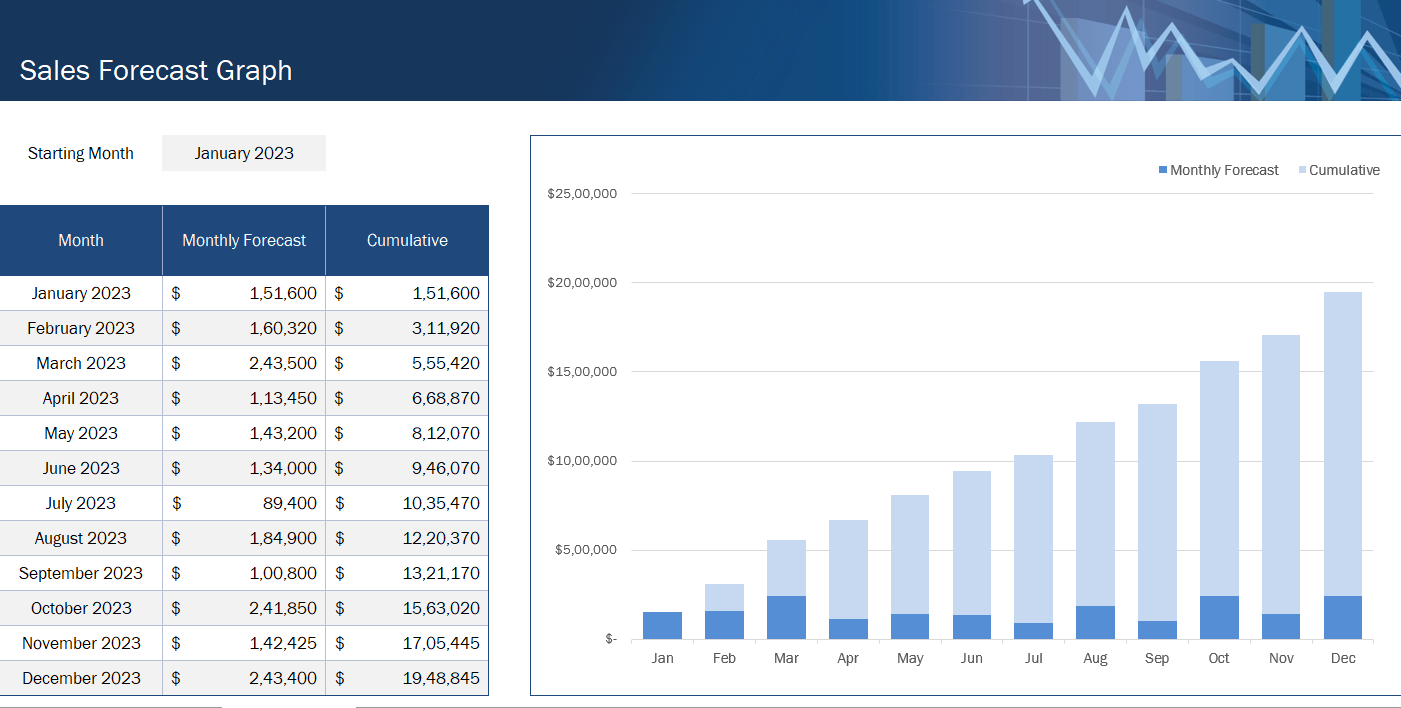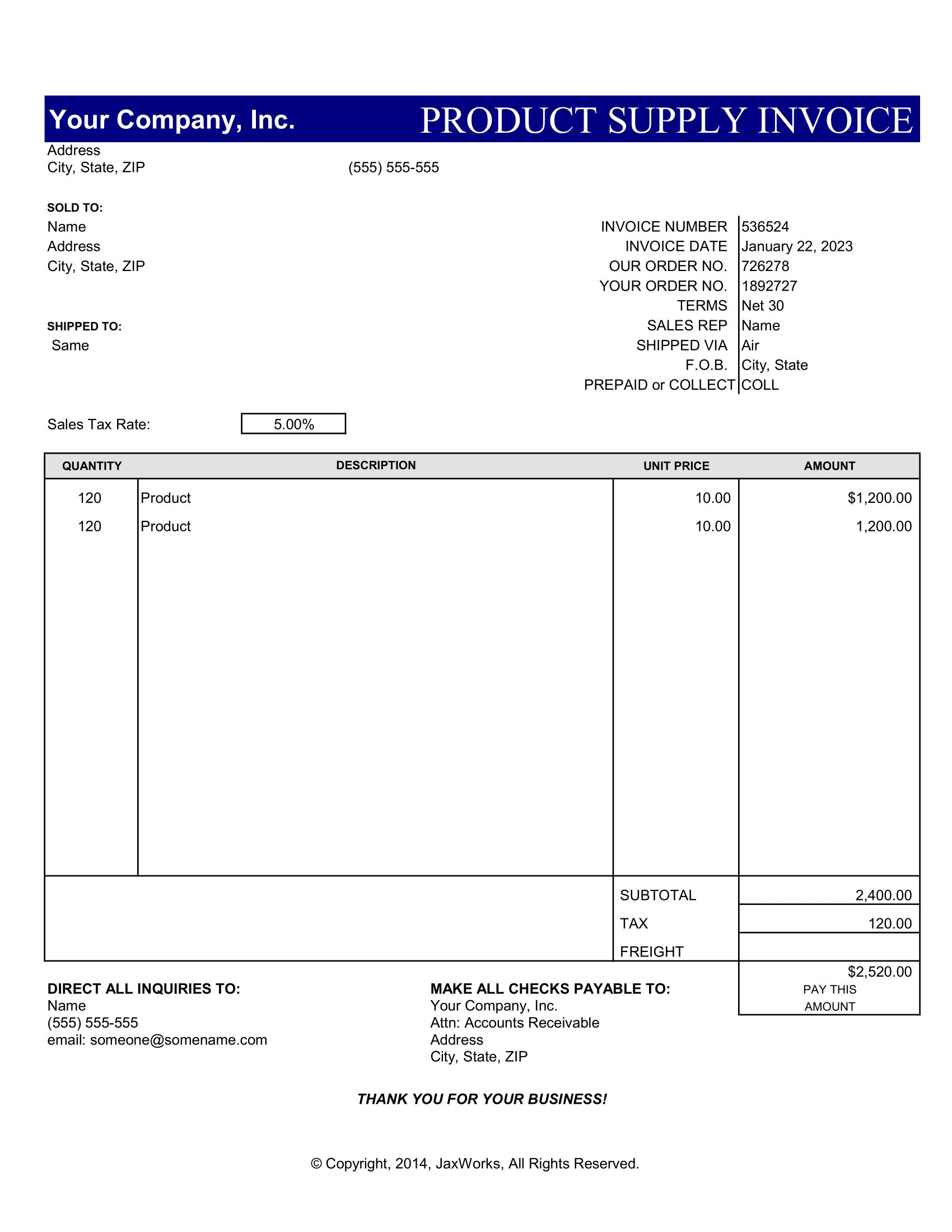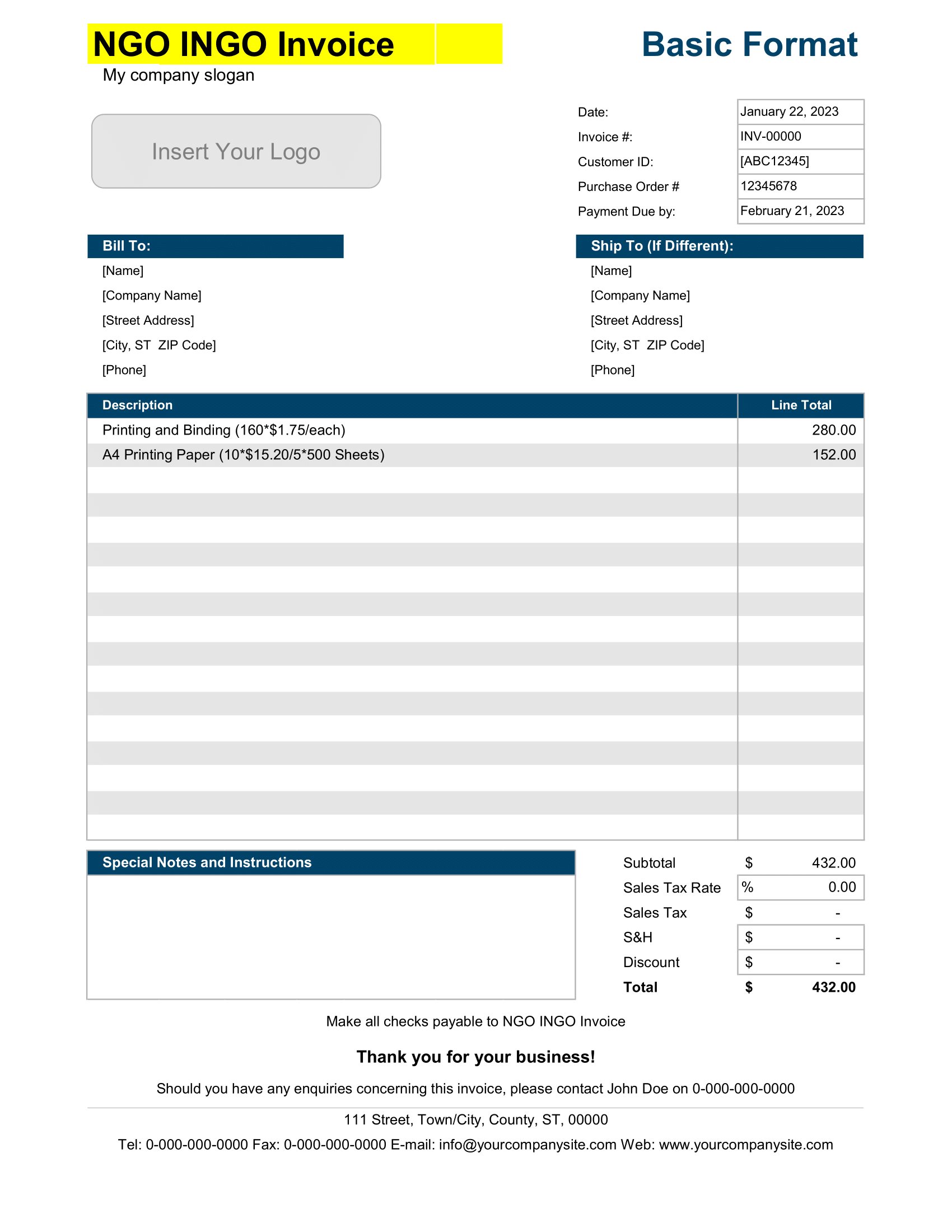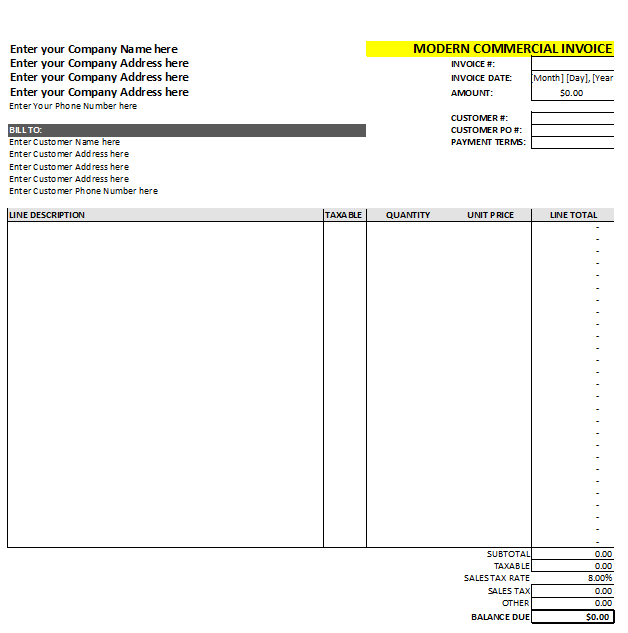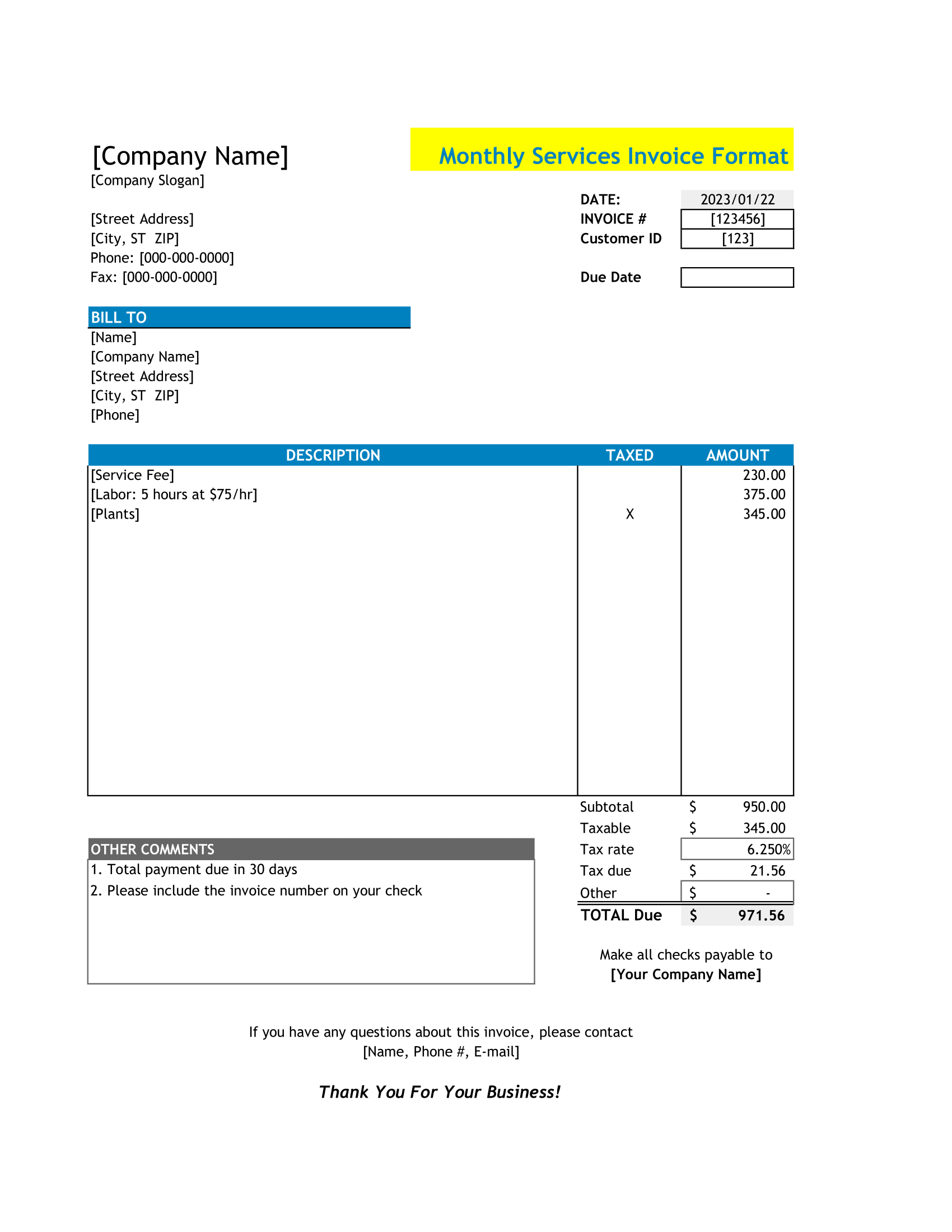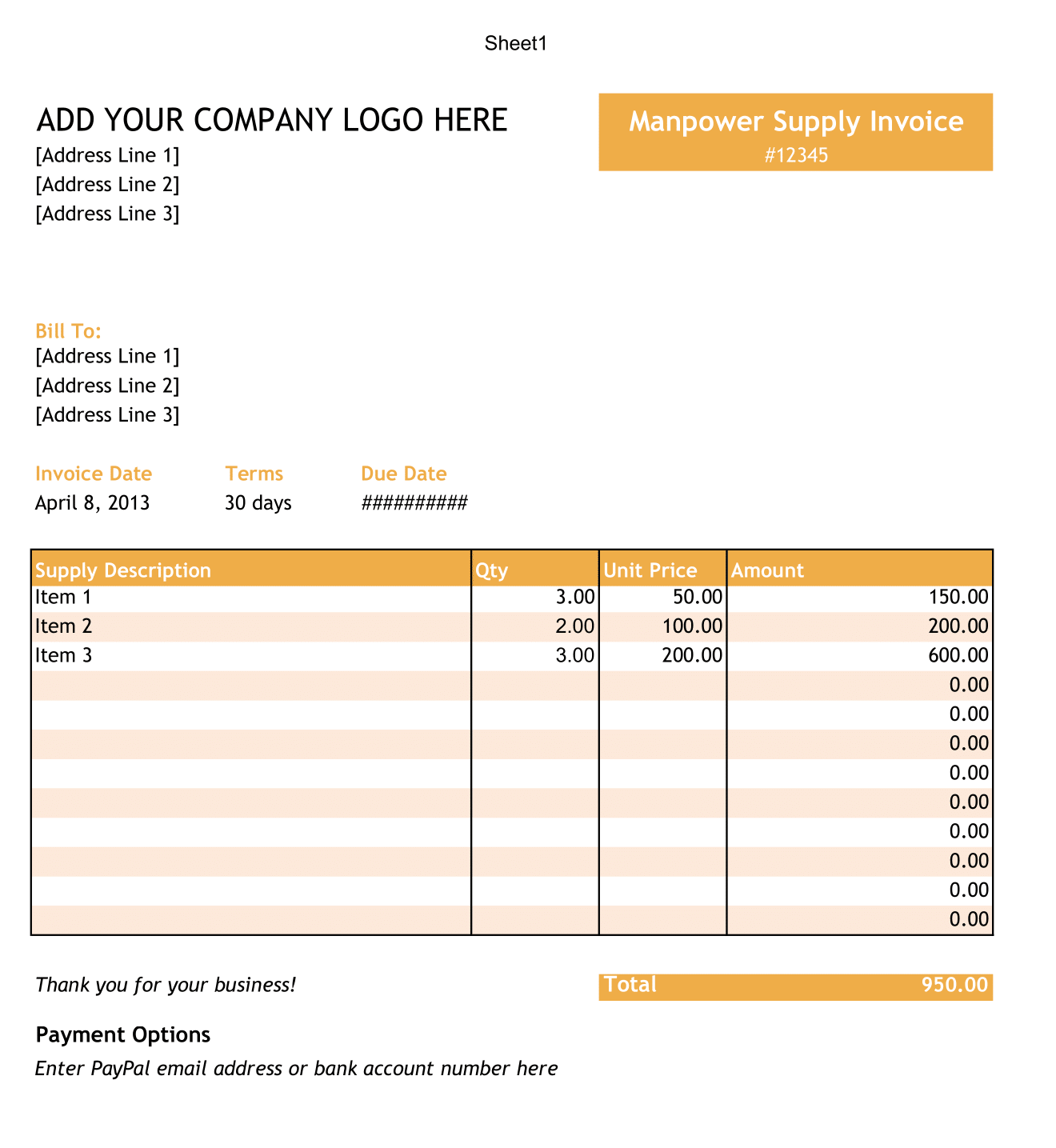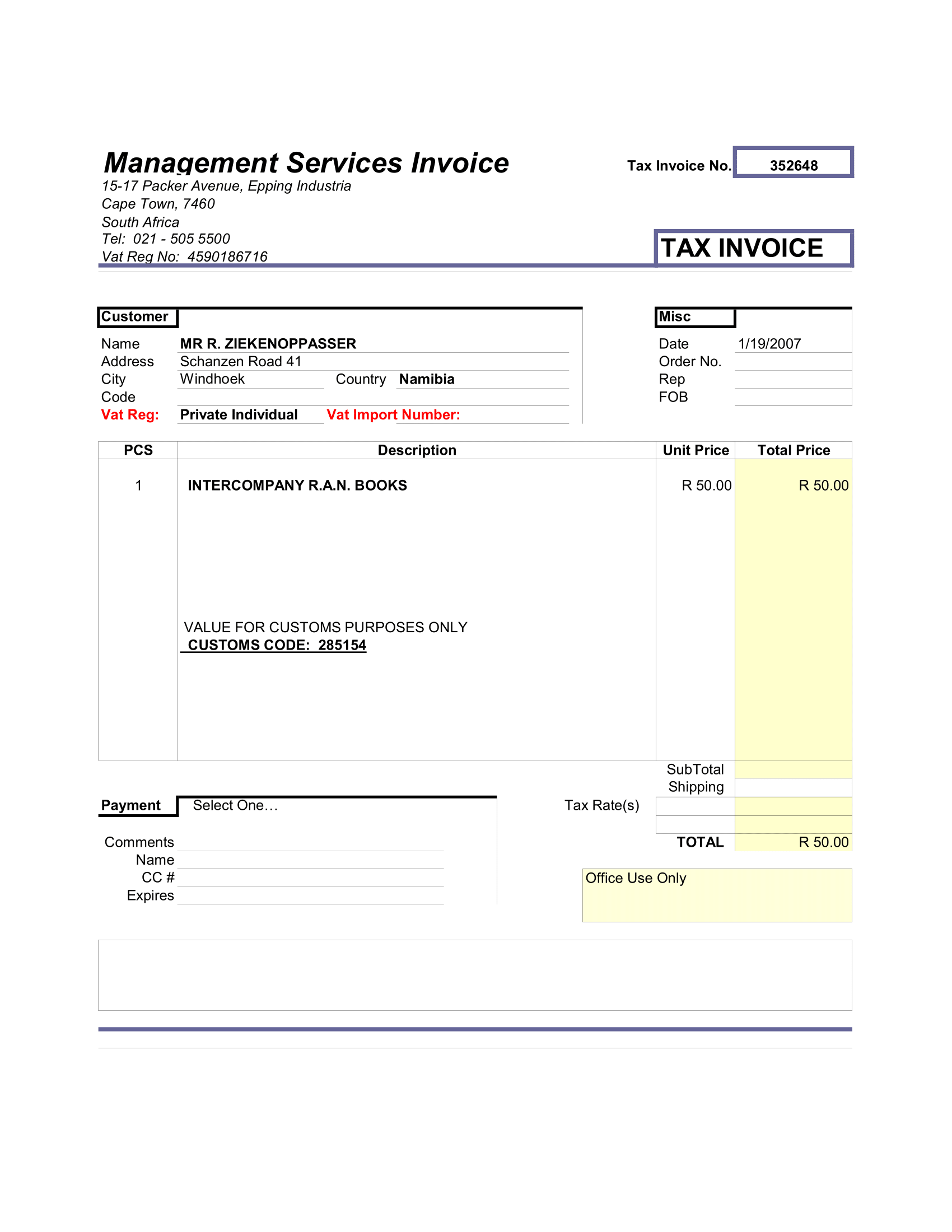A sales forecast is an estimation of future sales revenue. Sales forecasts are usually created according to historical data, industry trends, and current sales status. Companies use the sales forecast to estimate weekly, monthly, quarterly, and annual sales records. For a good prediction, the team should view the sales forecast as a plan to work for business. A sales goal describes what would happen, a sales forecast estimates what will happen, according to your goal.
For example, the sales forecast indicates how much a certain goods is likely to be sold in a future period in a defined market at a defined price. Sales forecasting is important for a company to facilitate it to produce the required product at the right time. Moreover, it makes the records in advance for raw materials and equipment. It manufactures on an order basis, but in general, the firm produces the material in advance to meet the future demand. And these whole records make a sales forecast graph that works for your business. Show whether it is increasing or decreasing every quarter.
How to Create a Sales Forecast Worksheet in Excel
Firstly the sales forecasting function is mainly used in FMCG, financial, accounting and risk management where you can predict the future sales figure and analyze revenue.
In this Template, enter two data series that correspond to each other:
A series with date or month entries for the column
A series with corresponding cumulative values
On the Data tab, click on the Forecast Sales Sheet.
In the Create Forecast sheet option, pick either a column or line chart for the visual presentation of the forecast.
In the End, pick an end date or month, and then click Create.
Excel creates a new Template that contains both table of the historical and predicted values and a chart that expresses the data for your sales.
You’ll find the new worksheet just to the left to enter the Data series.
Historical time and month column (time-based data series)
Historical Cumulative Values column (your corresponding values data series)
Forecasted column (calculated forecasts)
Why do you need a Sales Forecast For Business
1. To Record your sales process
Without a recorded sales process describing the actions and steps is hard for you, you’ll find difficulty in predicting whether a deal will close or not.
2. Set your sales goals
The forecast may be different from your goals, you won’t know if your forecast is good or not unless you first have a goal. So each report needs an individual portion, just like the entire sales team is needed.
3. Set a current average of sales measures
Easily accessible measures of the essential sales metrics will make forecasting much simpler. it takes the customer to express interest and how long it takes to close a deal The average value of a deal The span of the customer on-boarding process Average revival or rates, or how frequently you get business. Basically, you have to define the average span and production of your sales process.
4. Figure out your current sales
Make sure you understand what’s in your current sales, and that your CRM is accurate and up-to-date.
Importance of Sales Forecast
The forecast gives you a Suitable record Amount to prepare for Critical Situation
It’s a Helpful Planning Tool for Business
Good Performance Evaluation Tool

